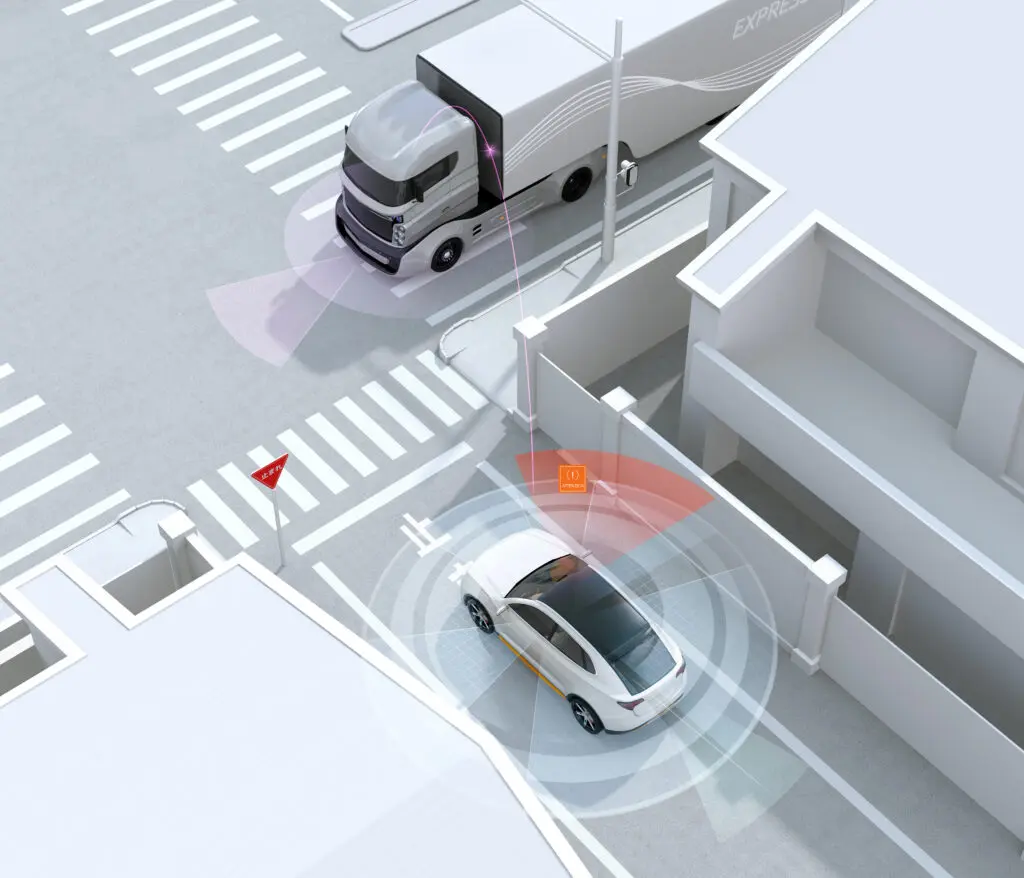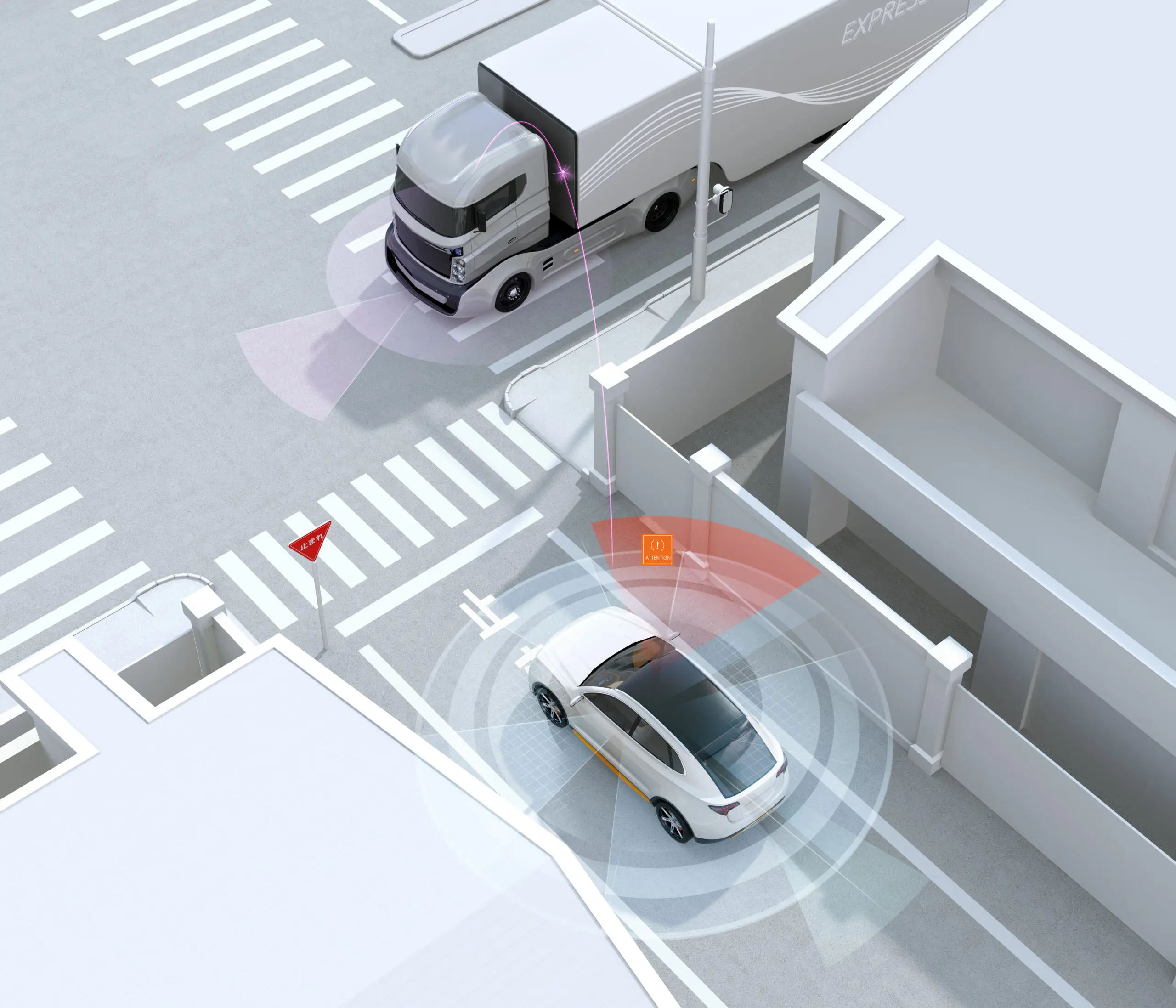Motor Vehicle Accidents Relating To Autonomous Vehicles
April 14, 2025 by Susan MohrIntroduction To Autonomous Vehicles And Their Rise In Popularity
Autonomous vehicles, often called self-driving cars, have emerged as a groundbreaking innovation in the transportation sector, capturing the global imagination and igniting a technological revolution. These vehicles employ advanced sensors, machine learning algorithms, and artificial intelligence to navigate roads with minimal or no human intervention. The rise in the popularity of autonomous vehicles can be attributed to several factors, including the potential for increased safety, reduced traffic congestion, and enhanced mobility for individuals unable to drive.

Major automotive and technology companies have invested heavily in the development of autonomous technology, promising a future where driverless cars could become the norm rather than an exception. As these vehicles become more prevalent, they promise to transform urban landscapes and daily commutes, reflecting a broader societal shift toward embracing innovation and sustainability in modern transportation.
Overview Of Motor Vehicle Accidents Involving Autonomous Vehicles
Autonomous vehicles (AVs) represent a significant leap forward in automotive technology, promising enhanced safety and efficiency on roadways. However, their integration into traffic systems has introduced new challenges and questions around motor vehicle accidents. The nature of accidents involving AVs can differ from those with human drivers, often involving complex technical interactions and decision-making algorithms. While autonomous technology aims to reduce human error—a major cause of accidents—incidents still arise due to software malfunctions, sensor failures, or unpredictable human behavior in mixed traffic environments.
Furthermore, AV accidents’ legal and ethical liability dimensions remain under intense debate, as determining fault can be more complicated than with traditional vehicles. Despite these challenges, continuous technological improvements aim to minimize accident rates and ensure that autonomous vehicles contribute positively to road safety in the long term.
Comparing Accident Rates: Autonomous Vehicles Vs. Human-Driven Vehicles
When comparing accident rates between autonomous and human-driven vehicles, notable differences highlight the evolving safety landscape. Studies have suggested that autonomous vehicles may have a lower rate of accidents than traditional vehicles, primarily due to their ability to eliminate human-related errors such as distracted driving, fatigue, and impaired judgment. Unlike human drivers, autonomous systems are programmed to adhere strictly to traffic rules and can process complex data from their environment to make split-second decisions.
However, the technology is not infallible, and certain types of incidents unique to autonomous vehicles, such as challenges with unanticipated road conditions or interactions with unpredictable human drivers, still pose risks. Despite these challenges, the continuous technological advancements and increased deployment of autonomous systems suggest a trend towards potentially safer roads than those dominated solely by human-driven vehicles.
Factors Contributing To Accidents Involving Autonomous Vehicles
Accidents involving autonomous vehicles are influenced by a range of factors that complicate the integration of these technologies into existing traffic systems. One major factor is the unpredictability of human behavior. Despite the advanced sensors and algorithms, autonomous vehicles can struggle to anticipate and react appropriately to erratic human actions on the road. Additionally, technical limitations in sensor performance under certain weather conditions, such as heavy rain or fog, can impair a vehicle’s ability to effectively detect and respond to obstacles.
System malfunctions or software glitches can also contribute to accidents by misinterpreting the environment. Furthermore, the complexity of mixed traffic scenarios, where autonomous and human-driven vehicles share the road, poses challenges in ensuring seamless interaction and communication. Finally, inadequate infrastructure and road markings can hinder the precise navigation capabilities of autonomous systems, exacerbating accident risks.
Legal And Ethical Implications Of Autonomous Vehicle Accidents
The emergence of autonomous vehicles introduces complex legal and ethical implications, especially when these vehicles are involved in accidents. Legally, one significant challenge lies in determining liability. Traditional notions of driver responsibility are complicated by sophisticated algorithms and software systems controlling vehicle operations. This raises questions about whether the blame should lie with the manufacturer, the software developer, or other parties.
Ethically, autonomous vehicles must be programmed to make split-second decisions that could impact human lives, such as prioritizing the safety of passengers versus pedestrians. These programming decisions raise moral dilemmas and the need for a societal consensus on acceptable risk. Further complicating the issue are data privacy concerns, as extensive data collection is required to enhance vehicle performance, raising questions about how such data should be used and protected.
Future Prospects And Innovations For Improving Safety In Autonomous Vehicles
The prospects for improving safety in autonomous vehicles are promising, driven by rapid technological advancements and innovative research. Enhanced machine learning algorithms and real-time data processing will allow these vehicles to better predict and respond to complex driving scenarios, reducing the risk of accidents. Integration of advanced sensing technologies like LIDAR, radar, and cameras will enable autonomous vehicles to perceive their environments with higher accuracy, even in adverse weather conditions.
Furthermore, vehicle-to-everything (V2X) communication systems will facilitate seamless interaction between vehicles, infrastructure, and pedestrians, enhancing situational awareness and coordination on the road. Continuous collaboration between automotive companies, technology firms, and regulatory bodies will also be critical in establishing robust safety standards and guidelines. These innovations, combined with rigorous testing and ethical AI deployment, hold the potential to improve the safety of autonomous vehicles significantly.
Click the link below, learn more about us, and book a call.
https://calendly.com/mohrmarketing
For more information about our lead generation programs, contact us at te**@******tg.com.
CONTACT US FOR A QUOTE. CALL 866-695-9058 OR USE OUR REQUEST A QUOTE FORM.
Susan Mohr
Mohr Marketing, LLC
CEO and Founder


Recent Posts
- Proposed Legal Reforms For Expanding Liability
- Pharmaceutical Errors & Legal Implications
- Motor Vehicle Accidents Relating To Autonomous Vehicles
Categories
- Business Financing
- Call Verified MVA Leads
- Compliance Program
- Lead Generation For Chiropractors
- Lead Generation For Criminal Attorneys
- Lead Generation For D&A Treatment Centers
- Lead Generation For Eye Doctors
- Lead Generation For Family Law Practices
- Lead Generation For PI Law Firms
- Lead Generation For Plastic Surgeons
- Leads For Healthcare Professionals
- Leads For Insurance Industry
- Legal Leads
- Legal Updates
- Mass Tort Leads
- Medicare and Medicaid Leads
- Merchant Funding Leads
- Online Marketing Strategies
- Pre-Settlement Funding
- Signed MVA Cases
- Tort Updates
Archives
Copyright © 2024 Mohr Marketing, LLC. All Rights Reserved.


